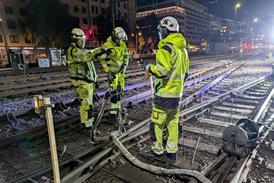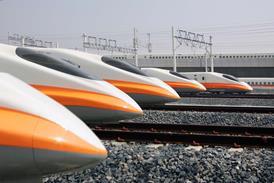15 recommendations in Croydon Tramlink derailment report
By Railway Gazette International2017-12-07T14:40:07

UK: The Rail Accident Investigation Branch made 15 recommendations to improve safety on December 7 when it published its report into the overturning of a tram at Sandilands in Croydon, south London on November 9 2016.
Already have an account? LOG IN
To continue…
You’ve reached your limit of content for the month
Get enhanced access to Railway Gazette news and weekly newsletters.

For almost 200 years, the Railway Gazette Group has been the leading provider of news, analysis and intelligence for the international railway industry. Our independent and authoritative content is read by operators, regulators and the supply industry in over 140 countries using a variety of tailored subscription packages.
Site powered by Webvision Cloud



